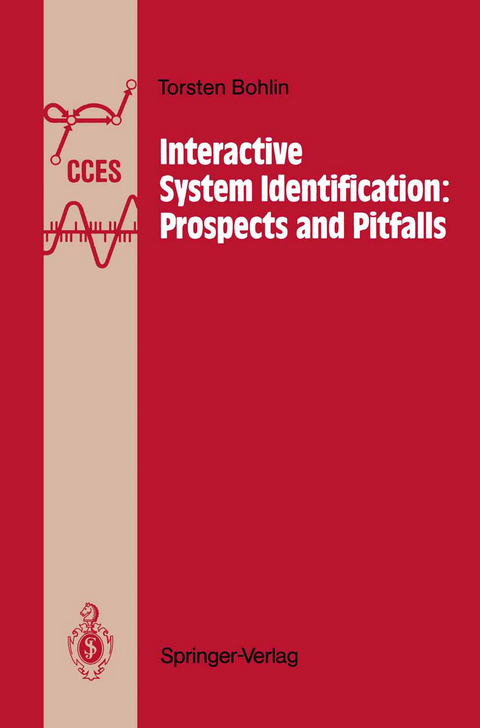
Interactive System Identification: Prospects and Pitfalls
Springer Berlin (Verlag)
978-3-642-48620-3 (ISBN)
1: Introduction.- 1.1 The terminology.- 1.2 The software.- 1.3 The purpose.- 1.4 The experiment facilities.- 1.5 The model structure.- 1.6 The philosophy.- 2: Randomness, probability, and likelihood.- 2.1 Bayes' idea.- 2.2 The information contents of an experiment.- 2.3 Covariation and causality.- 3: The experiment.- 3.1 An introductory example.- 3.2 Requirements for proper experimentation.- 3.4 Dynamic systems.- 3.5 Experiments on dynamic objects.- 4: The identification problem.- 4.1 Validation and falsification.- 4.2 Model structures, data descriptions, and purposive models.- 4.3 Fitting.- 4.4 Basic identification procedures.- 4.5 Conditions for Bayesian validation.- 4.6 The origin of 'pitfalls'.- 5: Modelling.- 5.1 Parametrization.- 5.2 The parameter map.- 5.3 Algorithmic models.- 5.4 The modelling of dynamic systems.- 5.5 Internal and external models.- 5.6 Implicit and explicit models.- 5.7 Finite-memory models.- 5.8 Classification of models by purpose.- 5.9 'Black-box' and 'grey-box' models.- 6: Large-sample theory.- 6.1 Equivalent dynamic models.- 6.2 Consistency.- 6.3 Identifiability.- 6.4 Falsification in the limit.- 6.5 Proper 'black-box' identification.- 6.6 A concluding example.- 7: Validation techniques.- 7.1 Validating parametric models.- 7.2 Large-sample techniques.- 7.3 Two 'pitfalls'.- 8: Falsification techniques.- 8.1 Statistical tests.- 8.2 Unconditional falsification.- 8.3 Conditional falsification of models.- 8.4 Conditional falsification of structures.- 8.5 The Likelihood-Ratio test.- 8.6 Efficiency vs safety.- 9: Structure identification.- 9.1 Using the biassed Likelihood.- 9.2 Sequential falsification.- 9.3 Philosophy revisited: Equivalence vs goodness.- 9.4 Designing the criterion: Description vs purpose.- 9.5 Defining theoptimal order: Accuracy vs complexity.- 9.6 Model structure selection.- 9.7 Terminology revisited.- 10: A unified design procedure.- 10.1 Summary of conditions for proper identification.- 10.2 Identification procedures.- 10.3 Procedure for modelling and identification.- References.- Glossary of notations.
| Erscheint lt. Verlag | 5.6.2012 |
|---|---|
| Reihe/Serie | Communications and Control Engineering |
| Zusatzinfo | XII, 365 p. 29 illus. |
| Verlagsort | Berlin |
| Sprache | englisch |
| Maße | 155 x 235 mm |
| Gewicht | 540 g |
| Themenwelt | Informatik ► Weitere Themen ► CAD-Programme |
| Schlagworte | Computer • control engineering • Identification • Identifikation • Interactive Systems • interaktives System • Modeling • Regelung • Software • System • System Identification |
| ISBN-10 | 3-642-48620-7 / 3642486207 |
| ISBN-13 | 978-3-642-48620-3 / 9783642486203 |
| Zustand | Neuware |
| Haben Sie eine Frage zum Produkt? |
aus dem Bereich


